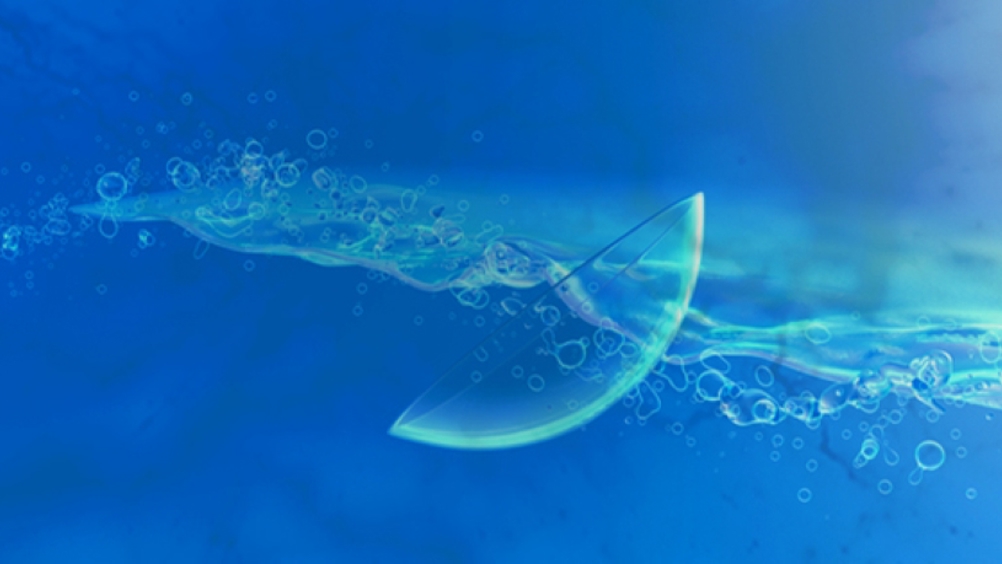Smart contact lens alleviates dry eye syndrome
Researchers at Tohoku University in Japan have used electroosmotic flow to create a self-moisturising contact lens, an advance that could help alleviate dry eye syndrome.

The self-moisturising lens, which works by maintaining a layer of fluid between the contact lens and the eye, is described in Advanced Materials Technologies.
"Although there have been many recent advancements in new functions for smart contact lenses, there has been little progress in solving the drawbacks associated with wearing contact lenses day to day," said Prof Matsuhiko Nishizawa, an engineer at Tohoku University.
Microneedle contact lens targets the eye for drug delivery
Glowing contact lens could prevent blindness
One drawback with contact lenses is that they can cause dry eye syndrome due to reduced blinking and increased moisture evaporation. Dry eye syndrome can lead to corneal wounds, inflammation, and a feeling of discomfort.
According to the University, the system uses electroosmotic flow (EOF), which causes liquid to flow when a voltage is applied across a charged surface. In this case, a current applied to a hydrogel causes fluid to flow upwards from the patient's temporary tear reservoir behind the lower eyelid to the surface of the eye.
Register now to continue reading
Thanks for visiting The Engineer. You’ve now reached your monthly limit of news stories. Register for free to unlock unlimited access to all of our news coverage, as well as premium content including opinion, in-depth features and special reports.
Benefits of registering
-
In-depth insights and coverage of key emerging trends
-
Unrestricted access to special reports throughout the year
-
Daily technology news delivered straight to your inbox










Water Sector Talent Exodus Could Cripple The Sector
Well let´s do a little experiment. My last (10.4.25) half-yearly water/waste water bill from Severn Trent was £98.29. How much does not-for-profit Dŵr...